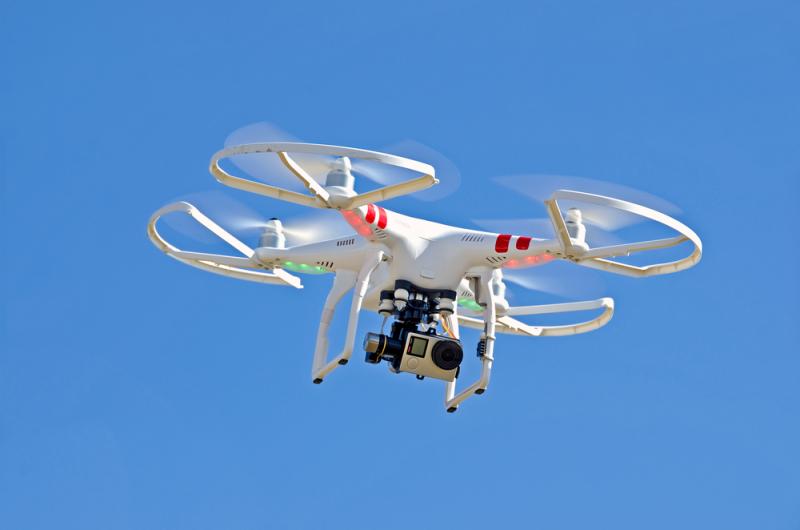
Unmanned aerial vehicles have been used for civilian applications such as photography and cargo transportation, but to be most effective they must be envisioned as generic movable computing devices capable of communicating with each other and the controller.
Yan Wan, an associate professor in UTA’s Department of Electrical Engineering, is the team lead on a three-year, $998,803 grant from the National Science Foundation that will develop a networked airborne computing platform for multiple unmanned aerial systems.
The platform will be made available for the research community to build upon current and future technology, and enable the use of networked UAVs for civilian applications such as intelligent transportation, emergency response, infrastructure monitoring and agriculture.
Researchers at Texas A&M Corpus Christi and its Lone Star Unmanned Aerial Systems Center, the University of North Texas, and the University of Puerto Rico at Mayaguez are collaborating with Wan, as is the UTA Research Institute.
Currently, multiple UAVs could be used to “stitch” video together during emergency operations, for instance, but the UAVs must be flown back to base, the video or photos downloaded, and then sent back out to continue the mission.
This time lag when information is critical could result in the loss of lives and property. A networked aerial computing system would allow operators to download fused information from UAV networks and respond in real time, and would increase the vehicles’ ability to share information with each other for safer control in flight.
Mobility, size, weight and power present challenges to design UAVs with networked computing operations on board. Wan’s team will develop an innovative hardware/software solution that integrates communication, control, computing and application development capabilities.
“We will develop and share the open-network aerial computing platform that researchers in fields such as electrical engineering, computer science and engineering, and aerospace engineering can use to explore research in the use of networked UAVs. We will support that community by facilitating testing and leveraging our own research to stimulate a variety of new research directions,” Wan said.
“There are so many applications for UAVs that we are in an urgent need of a generic platform to facilitate testing new technology and building upon,” Wan said. “Our system provides a timing solution with a modular design, and features such as flexibility and extensibility to new developments.”
Wan joined UTA in 2016 and leads the Dynamical Networks and Control Lab, which develops solutions for the modeling, evaluation and control tasks in large-scale, dynamic networks and cyber-physical systems, with applications to air traffic management, airborne networking, systems biology and complex information systems. She received an NSF CAREER award in 2015 and has received more than $4 million in research funding.
Wan’s grant is an example of the extensive research in unmanned vehicle systems in support of sustainable urban communities and data-driven discovery, key tenets of UTA’s Strategic Plan 2020: Bold Solutions | Global Impact, said Mickey McCabe, executive director of the UTA Research Institute.
“Our relationships with industry and academic partners, as well as our FAA certification, make UTA and UTARI an ideal location to pursue meaningful research in unmanned aerial systems,” McCabe said.




